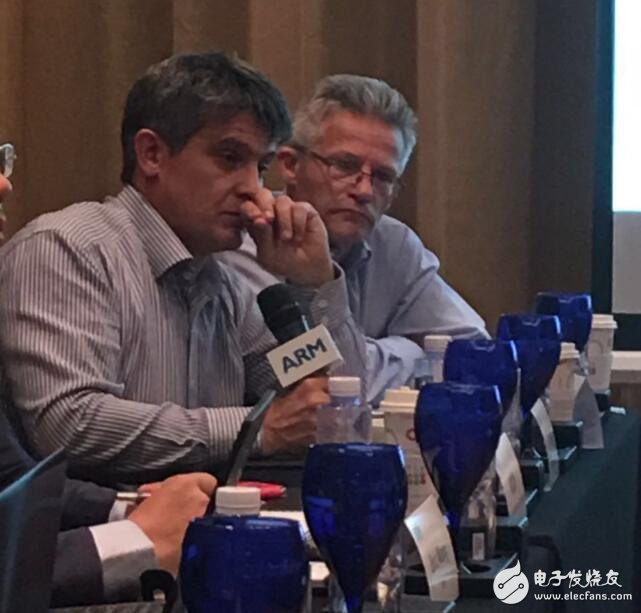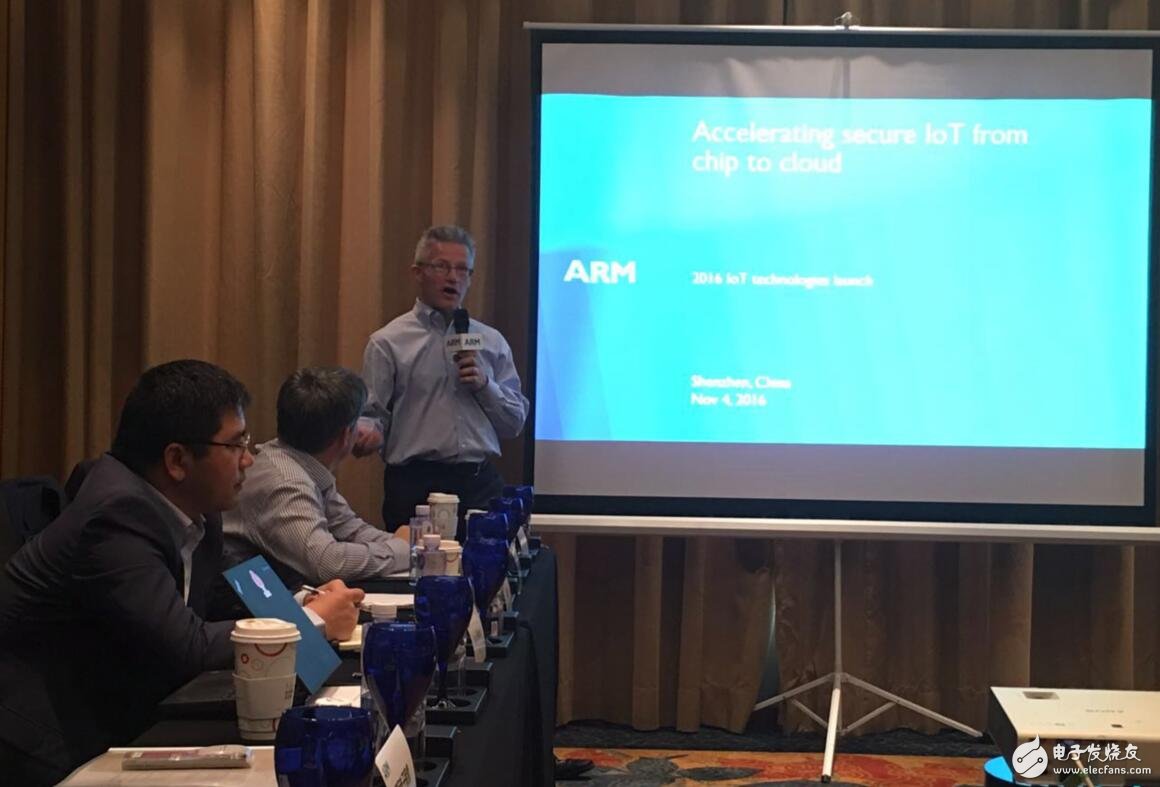The Internet of Things (IOT) is currently undergoing an upgrade from a single interconnected node to a system platform and vertical industry applications. It can be said that the industrial ecology of the Internet of Everything has just started. It is estimated that there will be 50 billion interconnected terminals in the world by 2020, which is the current number of nodes. Times around. The scale of China's IOT market is also expected to exceed 2 trillion yuan, twice the current scale of telecom operations. That's why telecom operators, smart devices and system providers, and chip vendors are now seeing the IOT market as the mainstay of future growth. However, security is one of the biggest obstacles or problems in the current IoT ecological construction and market expansion process. After all, now hackers are jealous, and every merchant or user is worried about theft of their data or privacy or control, especially IOT. Terminal node. Because many IOT terminal nodes are not very valuable, they are unlikely to be protected by high-end processors and advanced data encryption technologies. Therefore, the industry urgently needs a more cost-effective IOT terminal protection solution. Fortunately, ARM recently introduced two low-cost 32-bit MCU Cortex-M23 and Cortex-M33 based on ARMv8-M architecture, which can extend the market-proven security technology TrustZone to the most demanding IOT endpoints. This has completely cleared the security cloud that has been covering the Internet of Things market for several years. Ian Ferguson, vice president of ARM Global Marketing and Strategic Alliance, said: "We recently conducted a survey with IBM on 750 CIOs. 70% of respondents said they have deployed related IoT products, and they have already realized the IoT. The real benefits. The IoT coverage industry is also very extensive, including manufacturing, factories, OEMs, industrial applications, agriculture, healthcare, etc. A very important point in our survey is that It’s security, of course, there’s nothing surprising about this, because security is definitely important. In addition, scalability is also very important.†He emphasized that while we are releasing products and deploying them, we will pay great attention to security. We firmly believe that security is very important. We need to put security issues on our earliest agenda from the initial stage of product deployment. Pay attention to the issue of security. We are now able to implement TrustZone technology in many handheld devices or mobile payment devices. TrustPay technology can be used for payments like UnionPay. At the same time, we are also committed to extending TrustZone technology to our microcontrollers. Pete Hutton, executive vice president and product business unit of ARM, also said: "With the increasing popularity of IoT technology, it is time to launch a complete solution to ensure data security from sensor terminals to all nodes of the server. Last year, ARM partners A total of more than 15 billion ARM-based chips have been shipped, creating new records, many of which are used in the smart embedded arena. ARM technology has become the cornerstone of the Internet of Things, and our goal now is to increase its scale. Today we have launched a unique set of unique technologies and services that enable seamless collaboration." Pete here refers to the new mbed Cloud ARM mbed IOT Device Platform (ARM mbed IoT Device Platform), a new standard for cloud computing-based SaaS solutions for secure IoT device management. ARM's new platform allows OEM/ODM to do three things. First, it can simplify the connection, configuration, update and protection of devices in a complex network environment. Second, achieve faster scale expansion and production. And the product launch cycle, helping developers use any device in any cloud; third, enhancing device-side capabilities with mbed OS 5, supported by more than 200,000 developers and a global community that produces more than a million devices per month. Noel Hurley, general manager of the ARM Application Marketing Group, said: "Compared to Windows 10 IOT OS and Google Brillo IOT OS, mbed OS is more suitable for IOT terminal applications that require more cost-effectiveness. These applications may not be able to adopt ARM Cortex-A series MCUs. Only Cortex-M23/33-based terminal applications can be used. The ARM mbed IoT device platform is also the same, and is more oriented to cost-effective terminal node group management." Ian Ferguson revealed: "ARM's global chip shipments reached 15 billion last year, and many of them are deployed on a connected platform, so this will help us better understand the requirements of IoT deployment. We will launch very in the future. A lot of IoT related products, and we aim to build a complete IoT technology and solution, to achieve a collaboration between different products." Based on the standard set by the small ultra-low power Cortex-M0+, the Cortex-M23 meets the most demanding equipment requirements. The versatile Cortex-M33 features configuration options including coprocessor interface, DSP and floating point calculations. The Cortex-M33 offers better performance and energy efficiency than the Cortex-M3 and Cortex-M4. At present, most of the top ten MCU suppliers in the world have obtained the authorization of the above two products or one of them. Key partners include ADI, Microchip, Nuvoton, NXP, Renesas Electronics, Silicon Labs and STMicroelectronics. Uni Directional Mic,Uni Directional Microphone,Uni Directional Dynamic Microphone,Uni Directional Condenser Microphone NINGBO SANCO ELECTRONICS CO., LTD. , https://www.sancobuzzer.com
Left: Noel Hurley, General Manager, ARM Application Marketing Group Right: Ian Ferguson, Vice President, Global Marketing and Strategic Alliance, ARM 